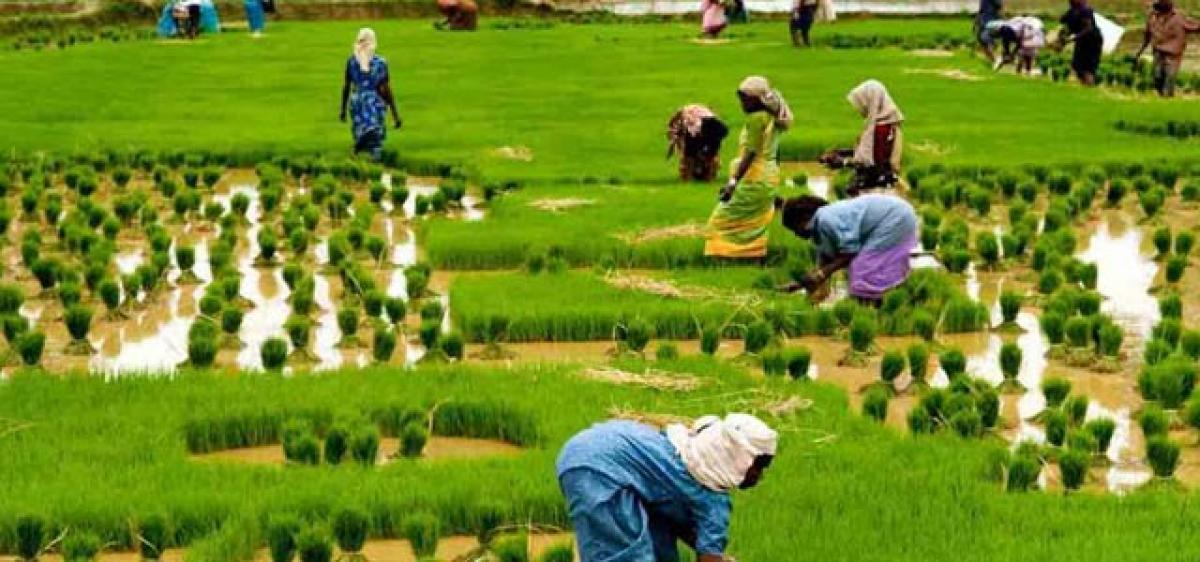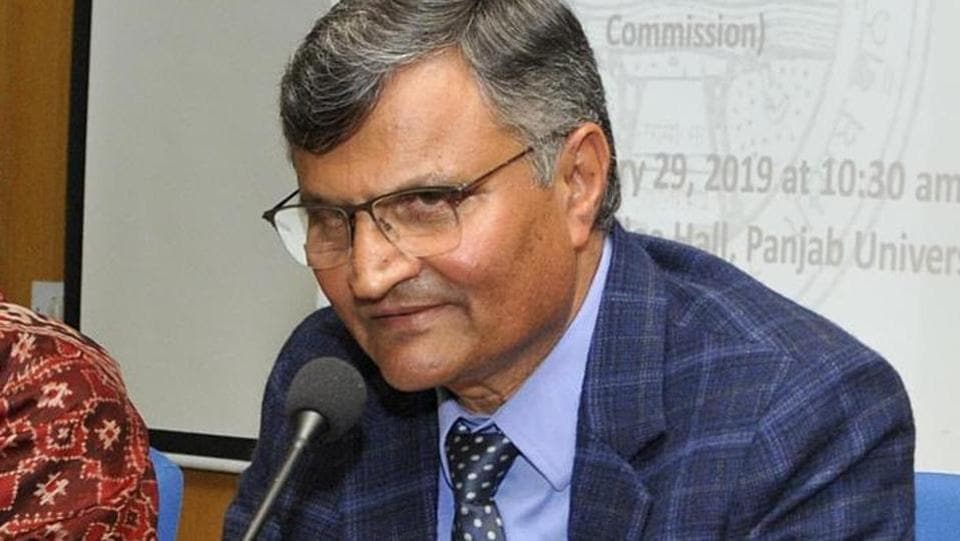
Even though the country was deteriorating with the second wave of COVID-19, the agricultural sector remained one of the few sectors which weren’t affected by the pernicious virus.
Ramesh Chand, an Agricultural member of Niti Ayog, on Sunday said, “the second wave of COVID-19 will not have any significant impact on the rural agricultural sector of India, even though the rural areas witnessed new infections in May.” In an interview, Chand said that India’s new agricultural policies were in the favor of staples like rice, wheat, and sugarcane and, there should be a minimum procurement price for pulses as well.

“Cases of COVID-19 began to spread in rural areas in May and from the beginning of May and in the account Maybe minimal, in particular, land-based activities, “he added.” … today (May is the summer season, and a time that there are no raw materials, production of small quantities of vegetables, and a few off-season crops, ” Chand said. Non-agricultural activities, according to Chand, the peaks in March and April to the middle, and then decreases, and the peaks once again with the arrival of the monsoon.

As there were no significant agricultural activities till May, even if the laborers were not available, there wasn’t any crucial impact on the outcomes. He noted that the labor force will move to the countryside, because there is a sharp increase in COVID-19 cases in the urban areas, and are ready to work in agriculture for a living. “The marketing aspect for agriculture is good, you will just have to look at the market data will knowing the outputs,” he added.
Chand also insisted on the fact that agriculture is a good source of income for the people in rural India is a crucial part of any economy. “The government should keep the MGNREGA scheme running for the upliftment of the rural people. On being asked about India’s pulse production insufficiency, he argued the area under pulse production is very less and there is a huge difference in production and stability prices.
He added, “in India, policy, grants, our policy, technology, and politics is still a lot of support for rice, wheat, and sugar cane. That is why I am convinced that, together with the methods that we have, purchase, and our small and medium-sized businesses is beneficial for the crops.” Chand noted that the beans, which are dishes made with olive oil are imported in large quantities outside of the country in which the beans, which are available on the international market, are present in small amounts.

Chand also mentioned the fact that whenever the price of any commodity increases, the government reduces the import taxes on it, and whenever the prices decrease, the government increases the duty. This helps in balancing the price for the commodity. The import taxes on pulses is as low as 10-15% which is considered very low.
Mainly by the government, so the retail prices of edible oils have been increased by more than 60 percent, per annum, and the misery to which the consumers who are already experiencing financial hardship due to the COVID-19 pandemic have risen. India is happy, with 60% of the food oil, needs funds. The question of the growth of the agriculture sector, Chand said that, in 2021-22, the agricultural sector will grow by more than 3% of GDP.



